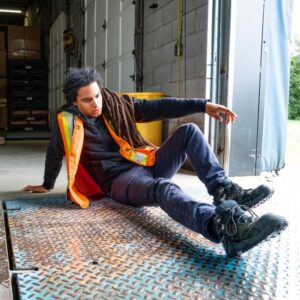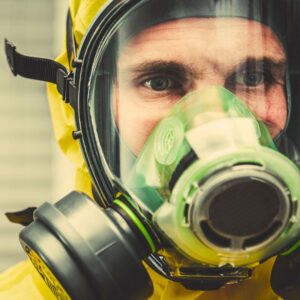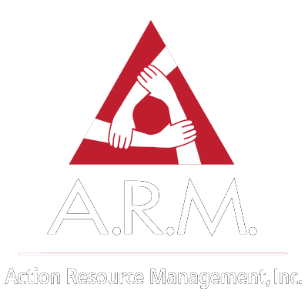 Back to Basics: Slips, trips, and falls are among the most common and costly workplace accidents. They can result in injuries ranging from minor bruises to severe fractures, and even death in some cases. The U.S. Bureau of Labor Statistics reported that slips, trips, and falls accounted for 244,000 nonfatal injuries and 850 fatal injuries in 2021. The construction industry had the highest number of fatal falls, followed by transportation and warehousing, and agriculture. Some of the common factors that contribute to slips, trips, and falls include wet or slippery floors, uneven or damaged surfaces, poor lighting, cluttered walkways, and inappropriate footwear.
Back to Basics: Slips, trips, and falls are among the most common and costly workplace accidents. They can result in injuries ranging from minor bruises to severe fractures, and even death in some cases. The U.S. Bureau of Labor Statistics reported that slips, trips, and falls accounted for 244,000 nonfatal injuries and 850 fatal injuries in 2021. The construction industry had the highest number of fatal falls, followed by transportation and warehousing, and agriculture. Some of the common factors that contribute to slips, trips, and falls include wet or slippery floors, uneven or damaged surfaces, poor lighting, cluttered walkways, and inappropriate footwear.
How to Prevent Slips, Trips, and Falls in the Workplace
- Conduct regular risk assessments to identify and eliminate potential hazards.
- Proper housekeeping practices should be followed to keep the work area clean and tidy. Remove spills, debris, or obstacles that could cause someone to slip or trip. Replace any worn or damaged floor coverings, mats, or carpets.
- Adequate lighting should be present in all work areas, especially near stairs, ramps, or level changes. It’s crucial, then, to replace any burnt-out bulbs or faulty switches as soon as possible.
- Workers should mark wet floors, uneven surfaces, or other hazards that cannot be removed immediately with warning signs or barriers. It’s important that workers can see the signs, so be sure to use contrasting colors or markings to highlight the edges of steps or elevation changes.

- Workers who may be exposed to slip, trip, and fall risks should have appropriate personal protective equipment (PPE). This includes slip-resistant shoes, gloves, helmets, harnesses, or other devices that can prevent or reduce the impact of a fall.
- Workers should be trained to recognize and avoid slip, trip, and fall hazards, as well as how to report any incidents or near misses. Encourage workers to follow safe work practices and procedures, such as properly using handrails, ladders, or scaffolds.
Slips, trips, and falls are not only costly for employers and workers, but also potentially life-threatening. By following the OSHA standards and applying some simple preventive measures, you can reduce the risk of these accidents and create a safer work environment for everyone. For more information on slips, trips, and fall prevention, you can visit the National Safety Council.
 Final thoughts
Final thoughts
Your safety as a worker is important, and the safety of those working with you is also important. Keep yourself and your coworkers safe by using PPE properly and following OSHA guidelines as well as your employer’s posted procedures. Be safe and stay safe out there!
Learn how A.R.M. can help you and your business.
